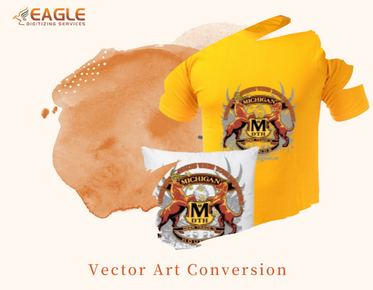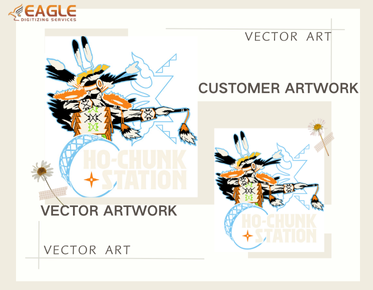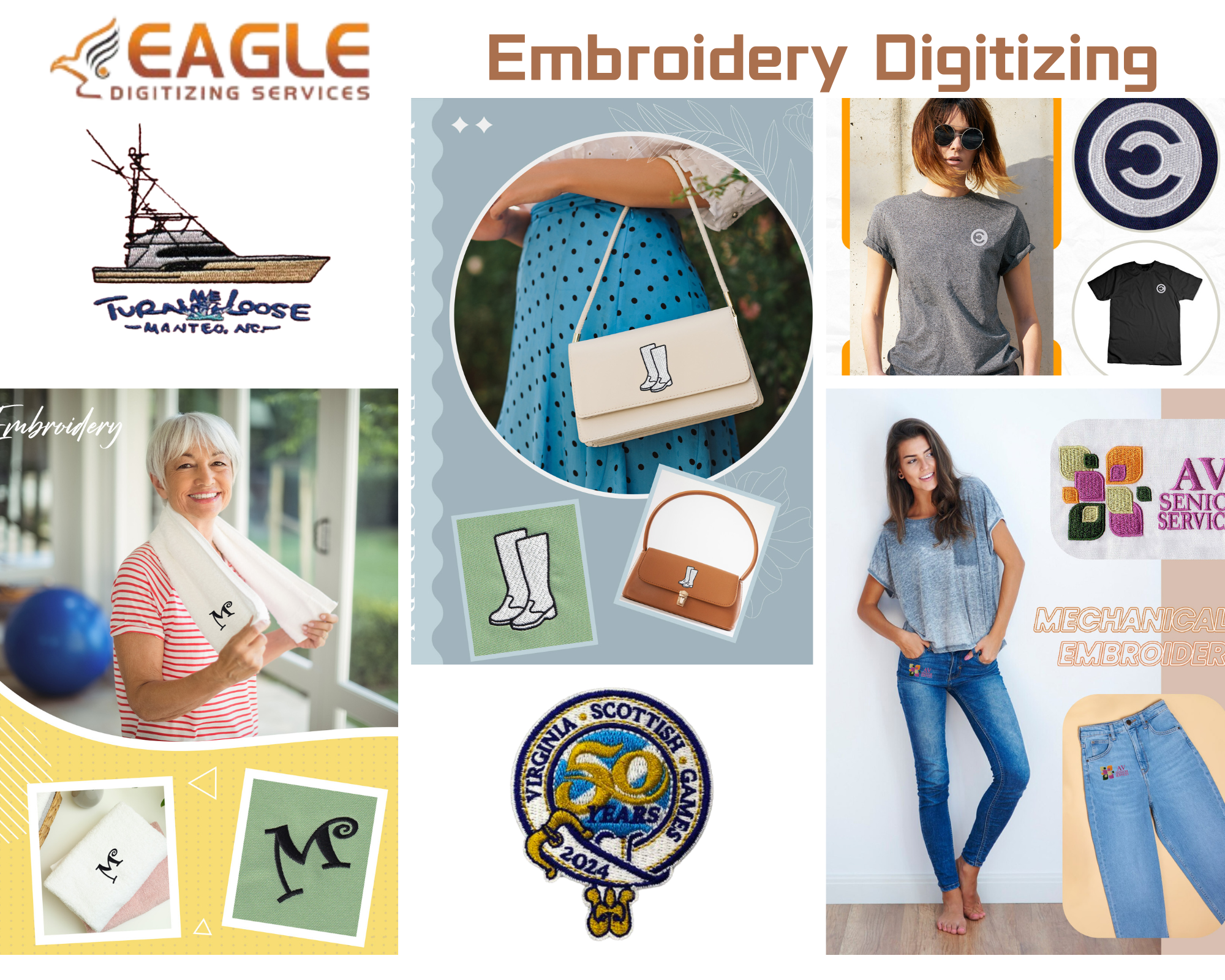What Exactly Is a Vector Graphic and Why It's Essential for Embroidery and Printing?
In the world of digital design, vector graphics play a pivotal role, especially in industries like embroidery and printing. Unlike raster images, which are made up of pixels, vector graphics are composed of paths defined by mathematical expressions. This fundamental difference gives vector graphics their unique properties, making them indispensable for various applications.
Understanding Vector Graphics
Vector graphics are essentially digital images created using mathematical formulas to define geometric shapes such as points, lines, curves, and polygons. These graphics are resolution-independent, meaning they can be scaled to any size without losing quality. This is because the mathematical formulas recalibrate to maintain the integrity of the image, unlike raster images that become pixelated when enlarged.
Key Characteristics of Vector Graphics
One of the most significant advantages of vector graphics is their scalability. Whether you need a small icon or a large billboard, vector graphics can be resized without any loss of detail or clarity. This makes them ideal for logos, illustrations, and any design that requires frequent resizing. Additionally, vector files are typically smaller in size compared to raster files, making them easier to store and share.
The Importance of Vector Graphics in Embroidery
Embroidery requires precision and clarity, which is why vector graphics are essential in this field. When creating embroidery designs, the artwork must be converted into a format that embroidery machines can read. This process, known as digitizing, is much more efficient with vector graphics because of their clean lines and scalability. The precision of vector graphics ensures that the embroidery design is executed accurately, maintaining the integrity of the original artwork.
Benefits of Using Vector Graphics for Embroidery
Using vector graphics for embroidery offers several benefits. The clean and precise lines of vector graphics translate well into stitches, ensuring that the final product is as close to the original design as possible. Additionally, the scalability of vector graphics means that designs can be adjusted to fit different sizes of embroidery without losing detail. This flexibility is crucial for creating consistent and high-quality embroidered products.
The Role of Vector Graphics in Printing
In the printing industry, vector graphics are equally important. Whether it's for business cards, brochures, or large format prints, the ability to scale images without losing quality is invaluable. Vector graphics ensure that printed materials are sharp and professional-looking, regardless of the size. This is particularly important for branding materials, where consistency and quality are paramount.
Advantages of Vector Graphics in Printing
One of the primary advantages of using vector graphics in printing is the ability to maintain high quality across various print sizes. This is crucial for businesses that require consistent branding across different media. Additionally, vector graphics are easier to edit, allowing designers to make quick adjustments to colors, shapes, and text without compromising the overall design. This flexibility can save time and reduce costs in the printing process.
Vector Graphics vs. Raster Graphics
While both vector and raster graphics have their place in digital design, they serve different purposes. Raster graphics, made up of pixels, are best suited for detailed images like photographs. However, they lack the scalability and flexibility of vector graphics. On the other hand, vector graphics are ideal for designs that require precision and scalability, such as logos and illustrations. Understanding the differences between these two types of graphics is crucial for choosing the right format for your project.
Choosing the Right Format for Your Project
When deciding between vector and raster graphics, consider the purpose of your project. If you need an image that can be resized without losing quality, vector graphics are the way to go. However, if you're working with detailed images that require intricate color gradations, raster graphics may be more suitable. Ultimately, the choice depends on the specific needs of your project and the desired outcome.
As the digital landscape continues to evolve, the demand for high-quality, scalable graphics will only increase. Vector graphics, with their unique properties and advantages, are well-positioned to meet this demand. For those in the embroidery and printing industries, understanding and utilizing vector graphics is essential for producing high-quality, professional results. Eagle Digitizing excels in delivering professional vector artwork services, transforming creative visions into scalable designs.



